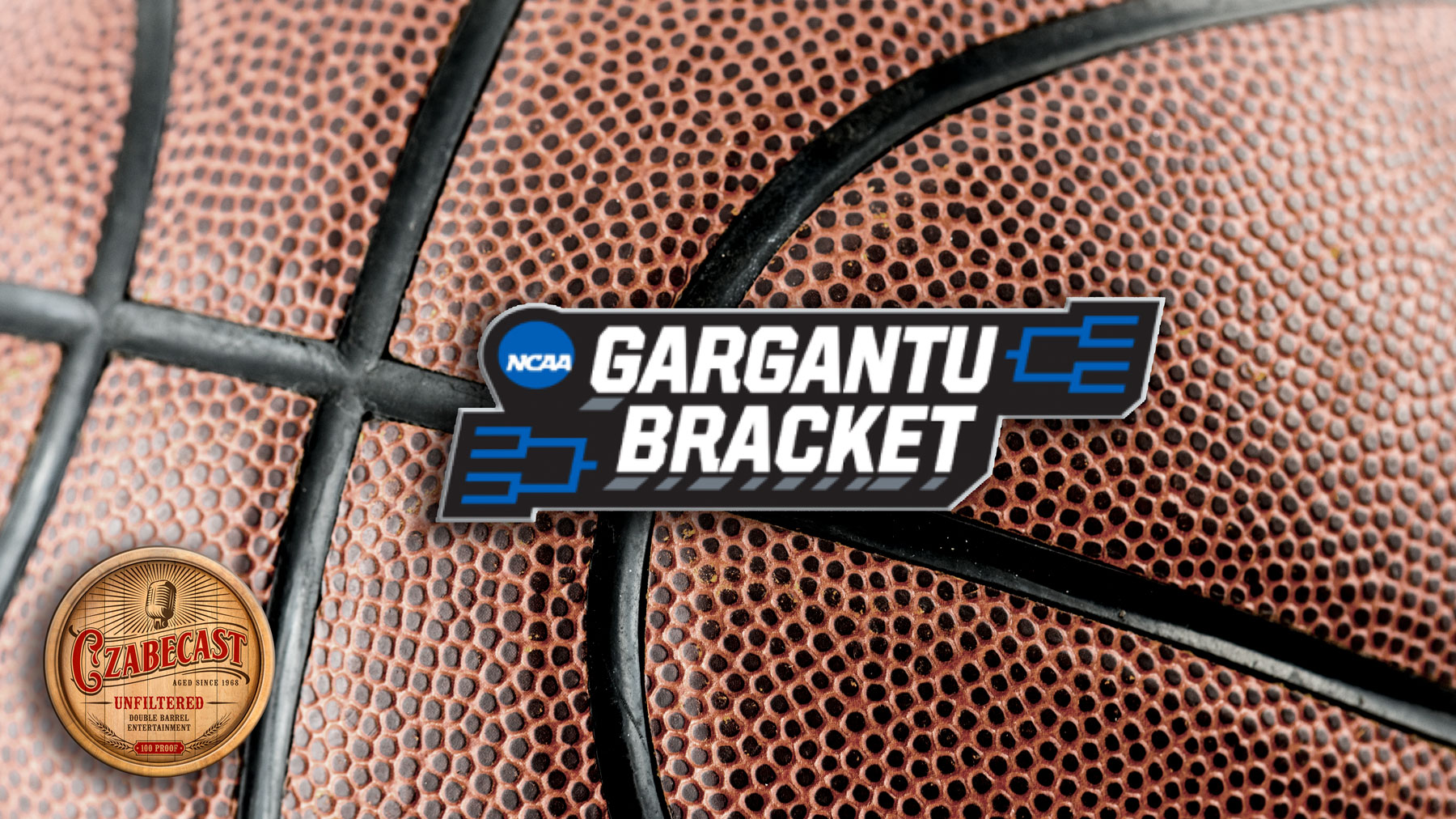For many years, the US Open stayed in a tight rota of musty northeast private clubs. From Winged Foot, to Baltusrol, to Shinnecock and down the line among the blue blood elites of golf. Most US Open courses looked the same. Thick bentgrass rough, rock hard tabletop greens, and trees lining every hole.
From 1980 to 1996, the US Open hadn’t ventured either below the Mason-Dixon line, nor West of the Mississippi. And aside from ultra-expensive Pebble Beach, the Open didn’t bother with anything but private clubs.
But starting with the re-introduction of glorified super-muni Bethpage Black to the rotation in 2002, a new phase of venturing to public-accessible (yet still bloodbank expensive) venues began. Pinehurst, and Torrey Pines, and (regrettably) Chambers Bay, and now Erin Hills take center stage in golf.
So this week in Wisconsin will be a big one for the future of the US Open over the next 20 years. Already, some Tour players are sending missiles across the bow of the USS Far Hills saying they better goddamn get this one right. Adam Scott even called the USGA a bit “panicky.”
Should things go well (and I hope for my friends up there in Wisconsin it does) then Erin Hills will almost certainly get a 2nd Open in a decade, and the course’s “legacy” (there’s that silly word again) will be secure. If not, then there will be a strong push back by many to say “end this nonsense already” and lets get back to playing classic, proven, championship tracks.
Either way, the story of how Erin Hills came into being from a wandering farmscape of epic proportions (652 acres is a massive footprint for a single 18 hole layout) is the stuff of a John Grisham novel. Gary D’Amato of the Milwaukee Journal Sentinel followed the story every step of the way, and has written a massive (like the course itself) but fascinating 7-part (gulp!) series on the making of Erin Hills.
Even if you hate golf, it’s a story about people and dreams, risk and ruin. It makes no sense at times, and at others it seems to be a story about pure destiny. It’s a good read, so if you have some time on a bus, or get stuck on a boring conference call, I highly recommend it.
In the meantime, let’s hope for good weather and a “clean” Open next week, and that President Diana Murphy stays out of the wine on Sunday and gets the winner’s name right.





Holy crap, this was fascinating. You could make a movie out of that story.
@Czabe, Wisconsin has been blessed with some great Golf Courses. We are lucky to live in a state with beautiful lands from Lake Michigan, Kettle Moraines, North, Central, and to the Mississippi. Regarding the Kevin Na video (and potential other complaints), @Golf Channel over played. No one is taking about how wide it is from Fescue to Fescue or the fact the greens are larger with undulation from front to back; and left to right. …can’t wait to how this tournament plays out. P.S. Lift clean and cheat should never be required with the embedded ball rule (rub of the green!).
After reading D’Amato’s piece, I get this creepy feeling that Lang would like to pull off some sort of Clifford Roberts sand bunker stunt out there. Just hope he doesn’t feel the need for an audience if he does.
This was a fantastic article. I don’t feel a lot of pity for the guy, but I do admire him getting the course built.
All of that said, I think that there’s a fairly limited audience for $150/day public courses in highly remote locations–even for courses owned by billionaires impervious to operating losses. Bandon and Sand Hills (not public) got everyone geeked on the isolated links course hours from any airport. As I was reading the article about Erin Hills, I ended up at the Coore Crenshaw website. They just designed another Wisco sand hills-type course which is a couple hours north of Madison (and that much farther from Chicago and Milwaukee) and goes for $150-$175/round. Maybe this one will work too, but at some point in the not-too-distant future, course developers are going to start losing money and find out that you have to have a really special course for people to travel that far cause the locals (if there are any) certainly aren’t paying those rates. Actually, that may already be the case with Chambers Bay.